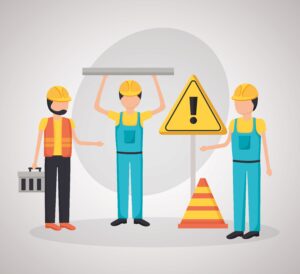In the quest for innovative and sustainable housing solutions, prefabricated houses have emerged as a game-changer in the construction industry. These dwellings, also known as prefab or modular homes, are gaining popularity for their cost-effectiveness, eco-friendliness, and efficient construction processes.
Prefabricated houses are built off-site in controlled factory environments using advanced manufacturing techniques. The components of these homes, including walls, floors, and roofs, are manufactured and assembled before being transported to the construction site for final assembly. This method not only reduces construction time but also minimizes waste and ensures a higher level of precision in the building process.
One of the key advantages of prefabricated houses is their cost-effectiveness. Traditional construction can be plagued by delays, weather-related setbacks, and unforeseen on-site issues, all of which can contribute to budget overruns. Prefabrication streamlines the construction process, allowing for better cost control and often resulting in lower overall expenses. Additionally, the materials used in prefab homes are often more cost-effective and sustainable than those used in traditional construction.
Another significant benefit of prefabricated houses is their environmental sustainability. The controlled environment of the factory allows for the efficient use of materials, reducing waste significantly. Moreover, the materials themselves are often chosen for their eco-friendly properties. Many prefab homes incorporate sustainable materials, such as recycled steel, bamboo, or reclaimed wood, and are designed with energy-efficient features like advanced insulation and high-performance windows. The overall carbon footprint of a prefabricated house is often lower compared to a conventionally built home.
The speed of construction is a standout feature of prefabricated houses. Traditional construction can take months or even years, especially when faced with unpredictable weather conditions. Prefab homes, on the other hand, can be constructed in a matter of weeks. This rapid construction timeline not only reduces the inconvenience for homeowners but also enables quicker occupancy. This is particularly advantageous in situations where housing is needed urgently, such as disaster relief efforts or rapidly growing urban areas.
Flexibility in design is another factor contributing to the rising popularity of prefabricated houses. Contrary to the misconception that prefab homes are limited in terms of design options, modern prefabrication techniques offer a wide range of customizable features. Buyers can choose from various floor plans, architectural styles, and finishes, tailoring the home to their preferences and lifestyle. The modular nature of these homes also allows for easy expansion or modification in the future.
As technology continues to advance, prefabricated houses are becoming more sophisticated in terms of design, functionality, and sustainability. Some companies are exploring the integration of smart home technologies, energy-efficient systems, and even the use of 3D printing in the fabrication process. These advancements not only enhance the overall quality of prefab homes but also position them as a viable and attractive option for a diverse range of homeowners.
In conclusion, prefabricated houses are a modern and sustainable solution to the challenges facing the housing industry. Their cost-effectiveness, environmental friendliness, speedy construction, and design flexibility make them an appealing choice for those seeking a home that aligns with both their values and practical needs. As the demand for sustainable and efficient housing solutions continues to grow, prefabricated houses are likely to play an increasingly prominent role in shaping the future of residential construction.














